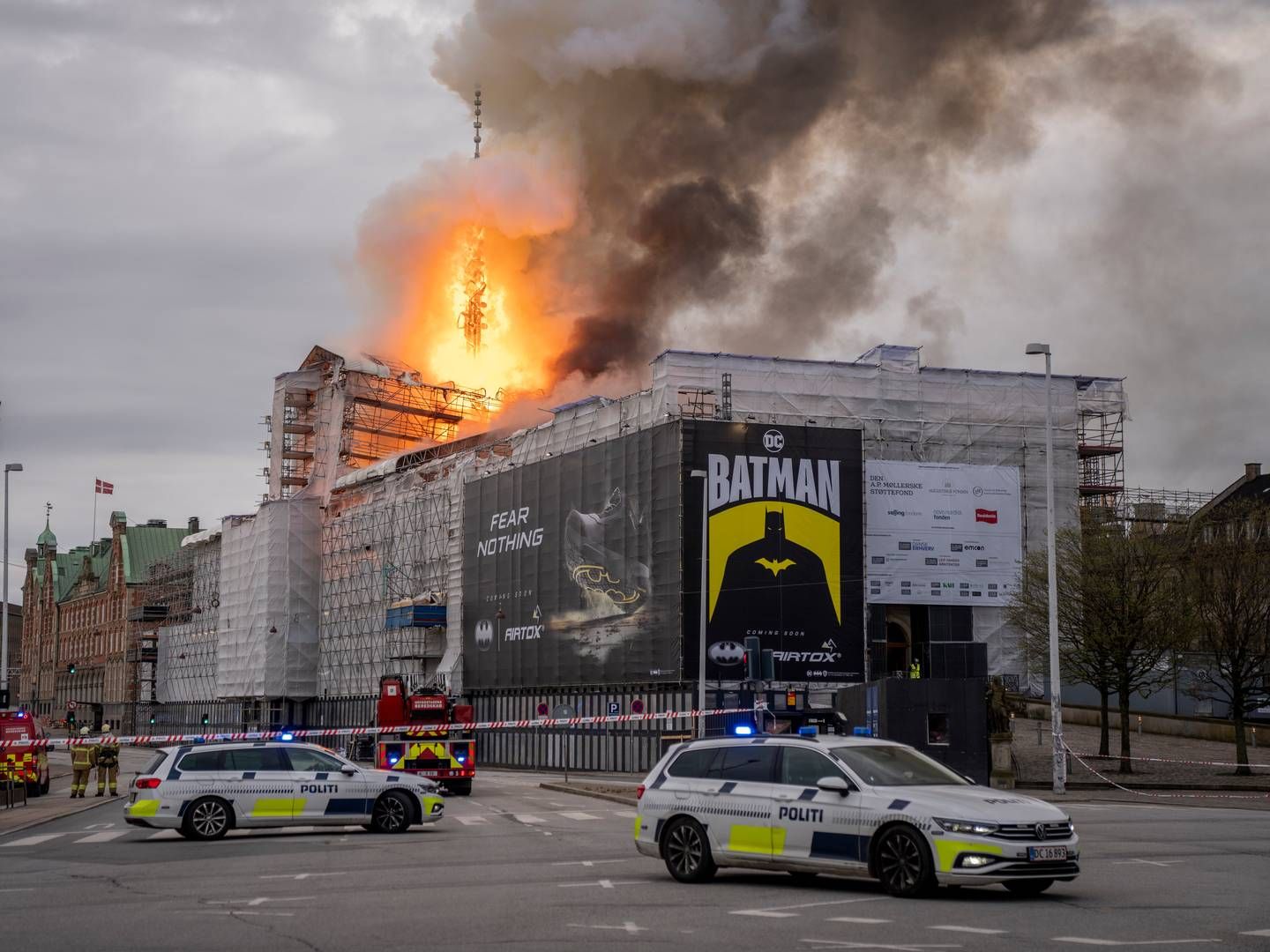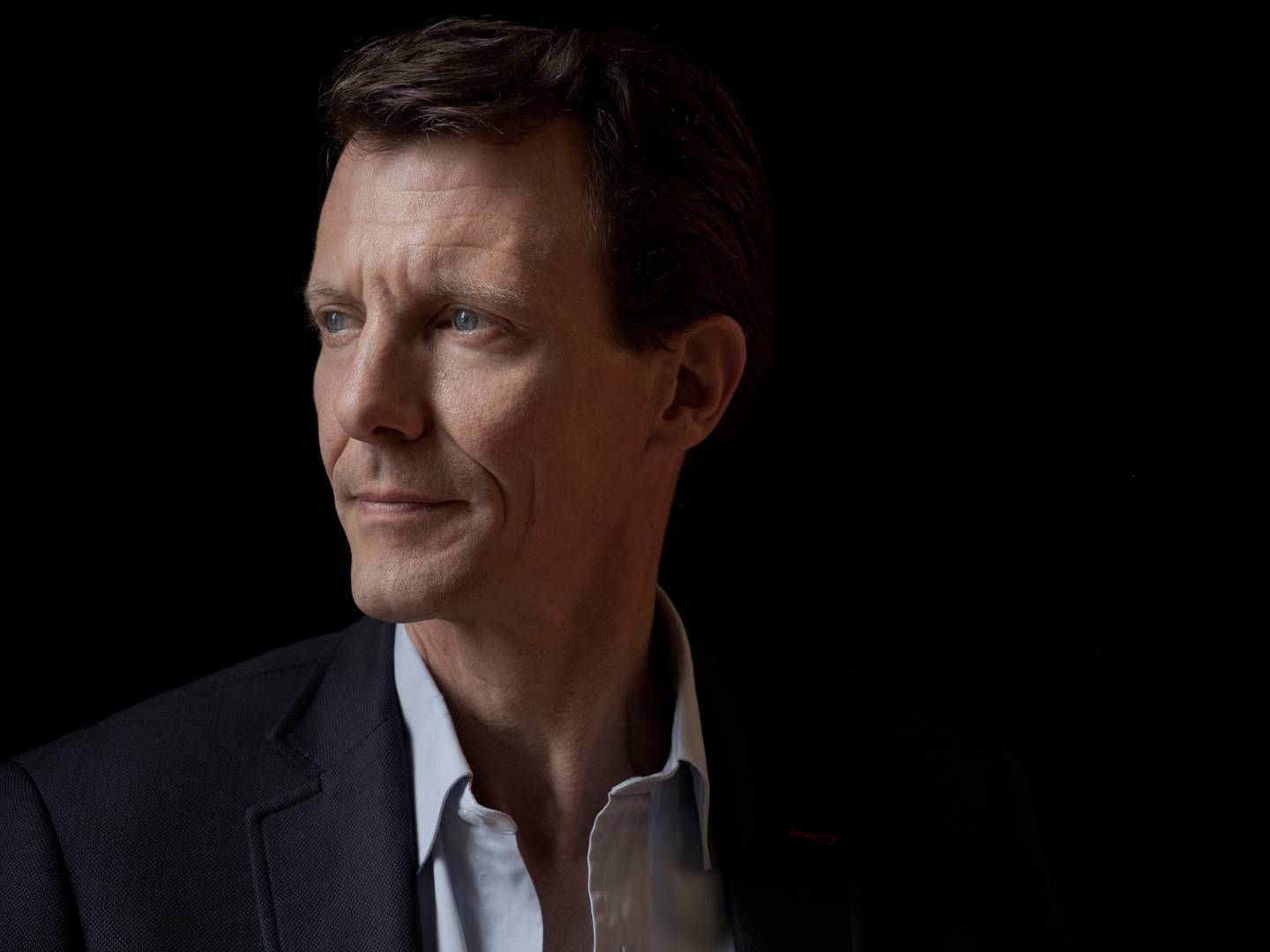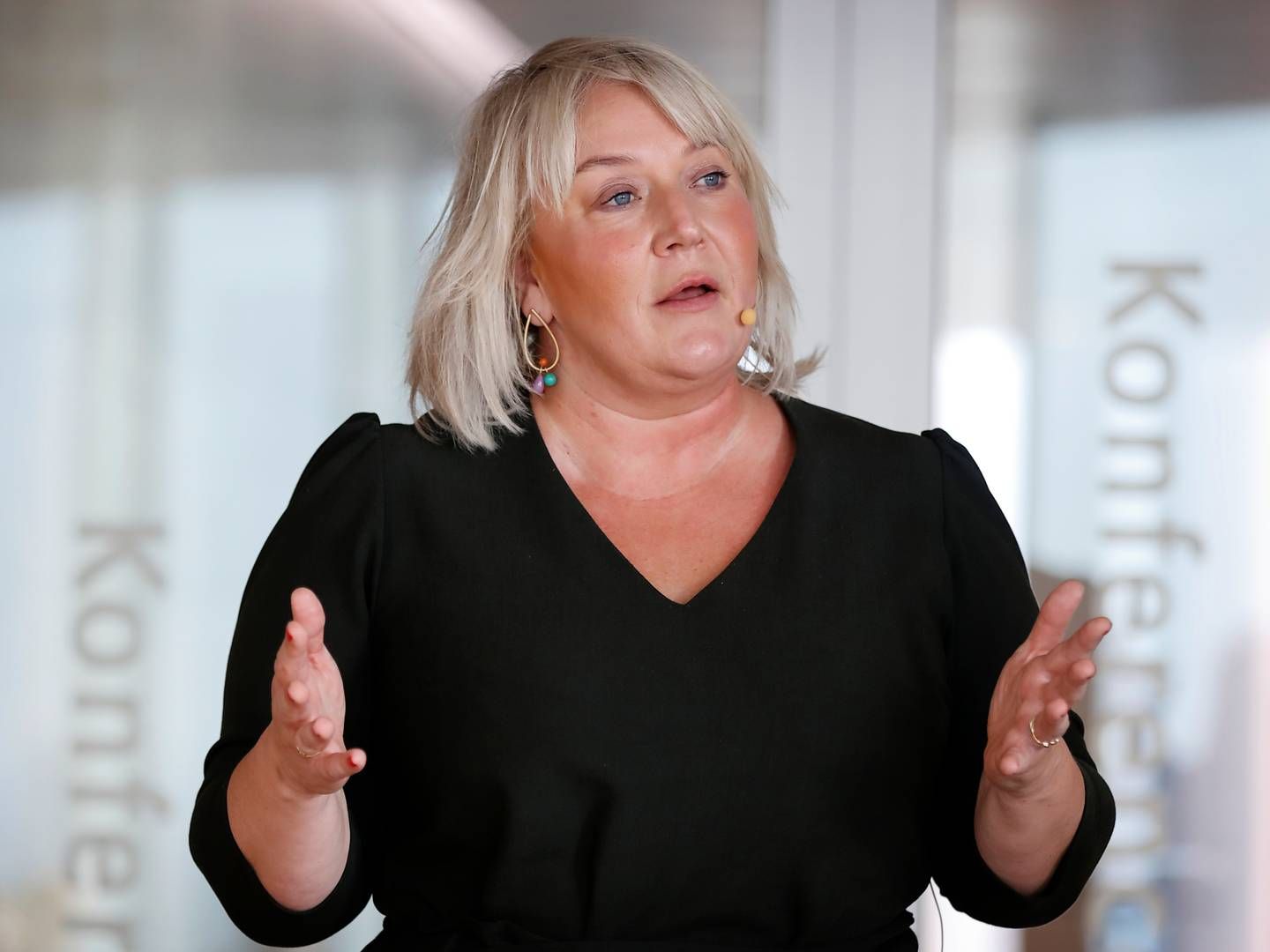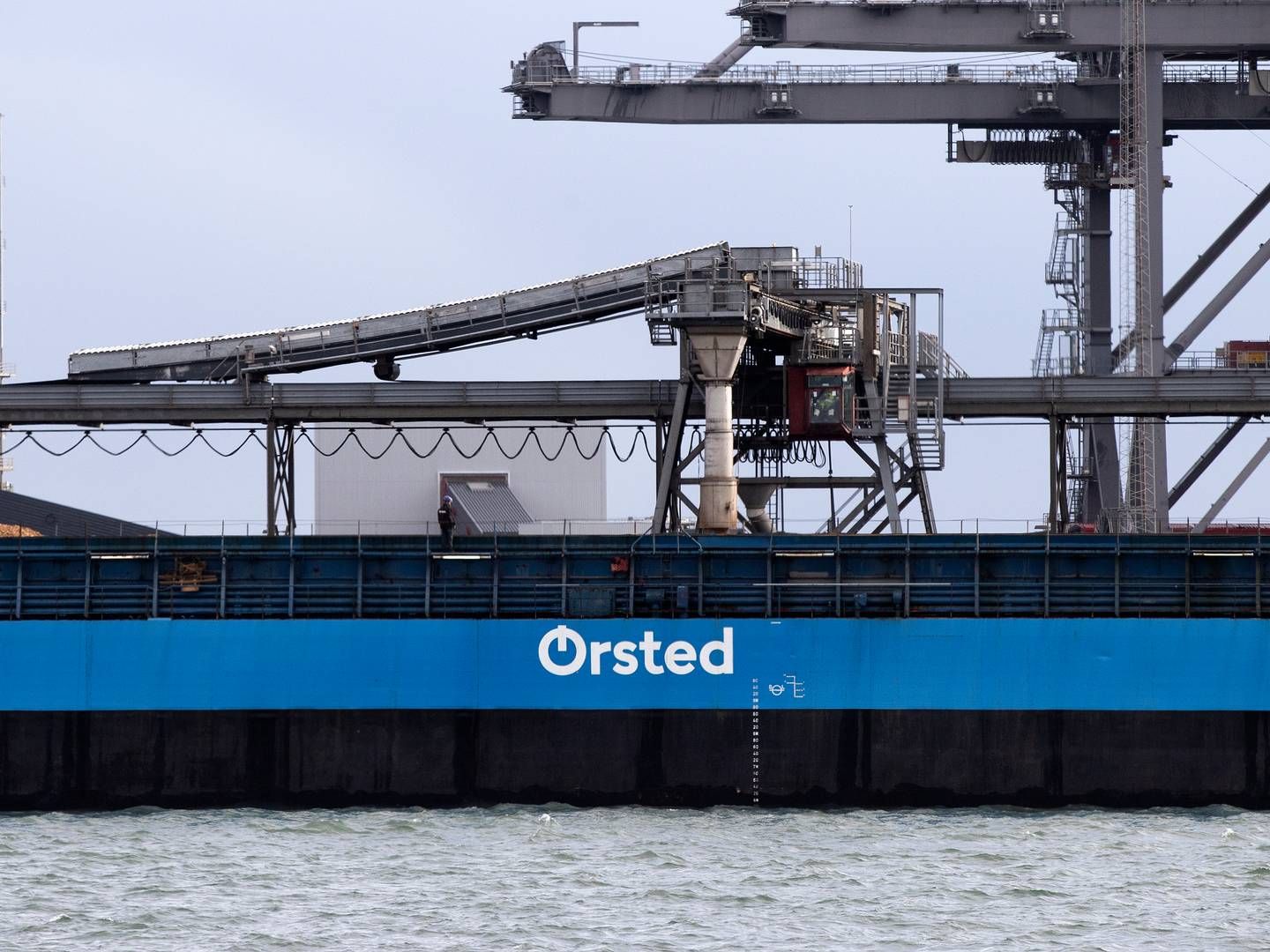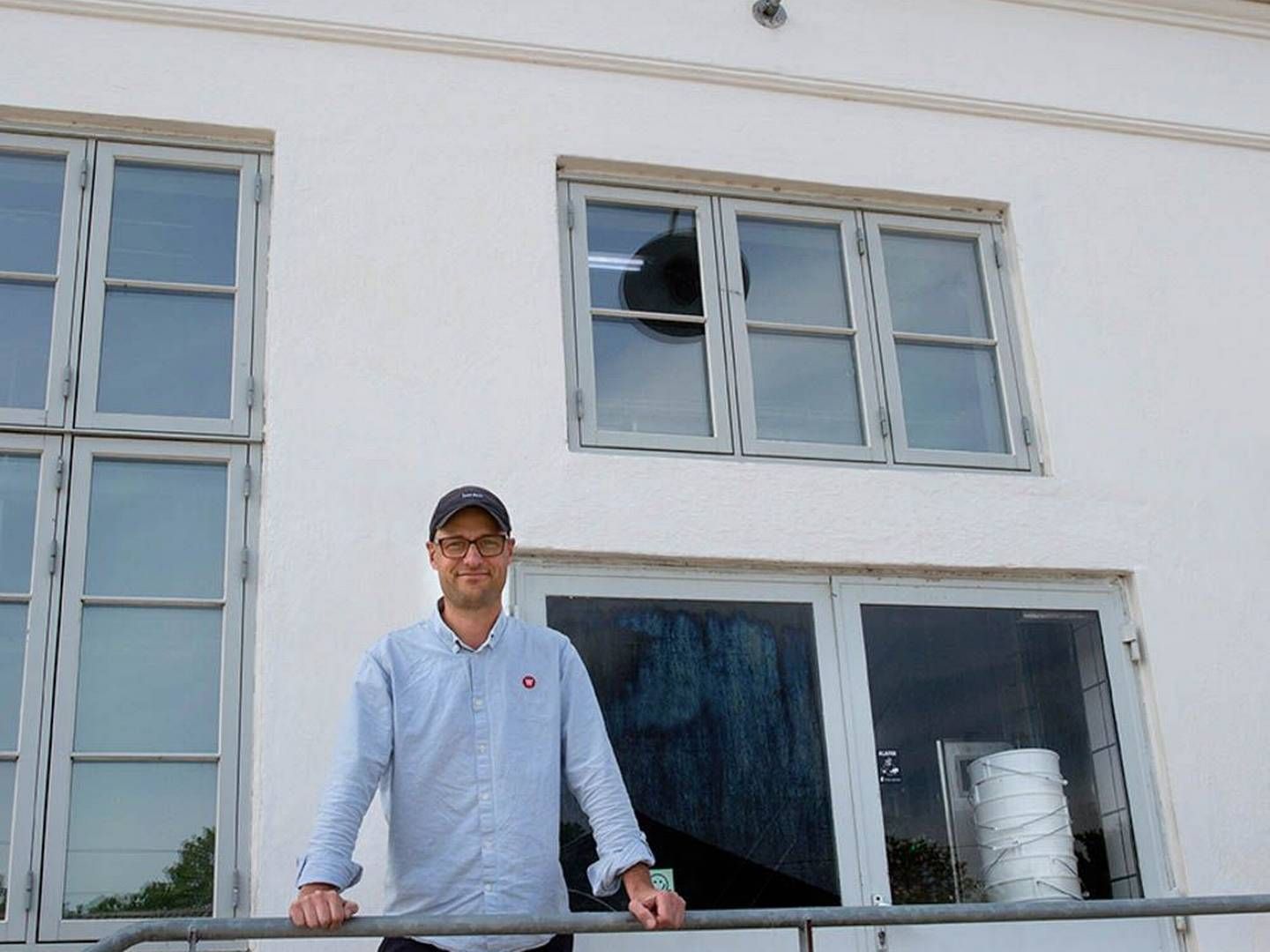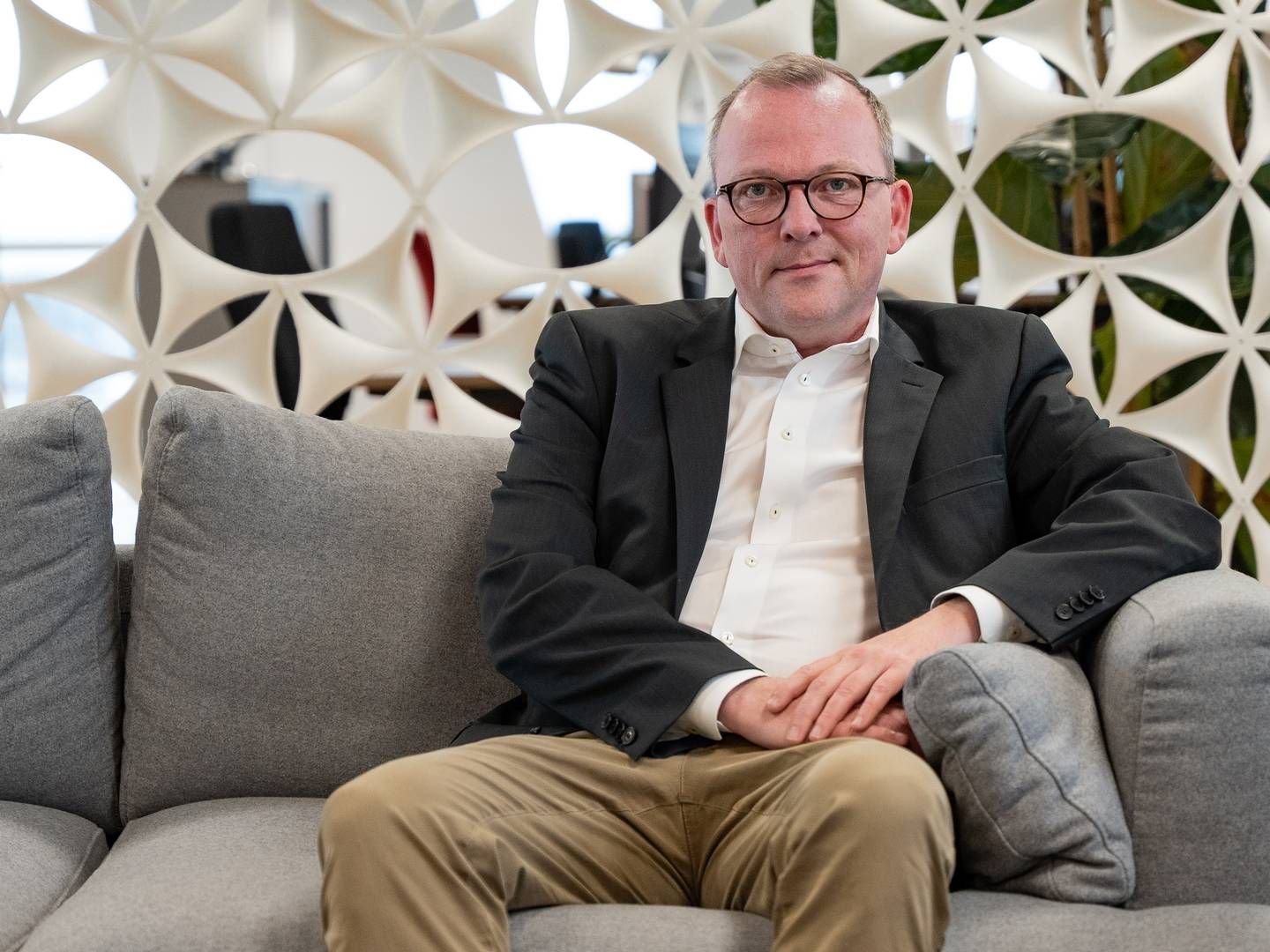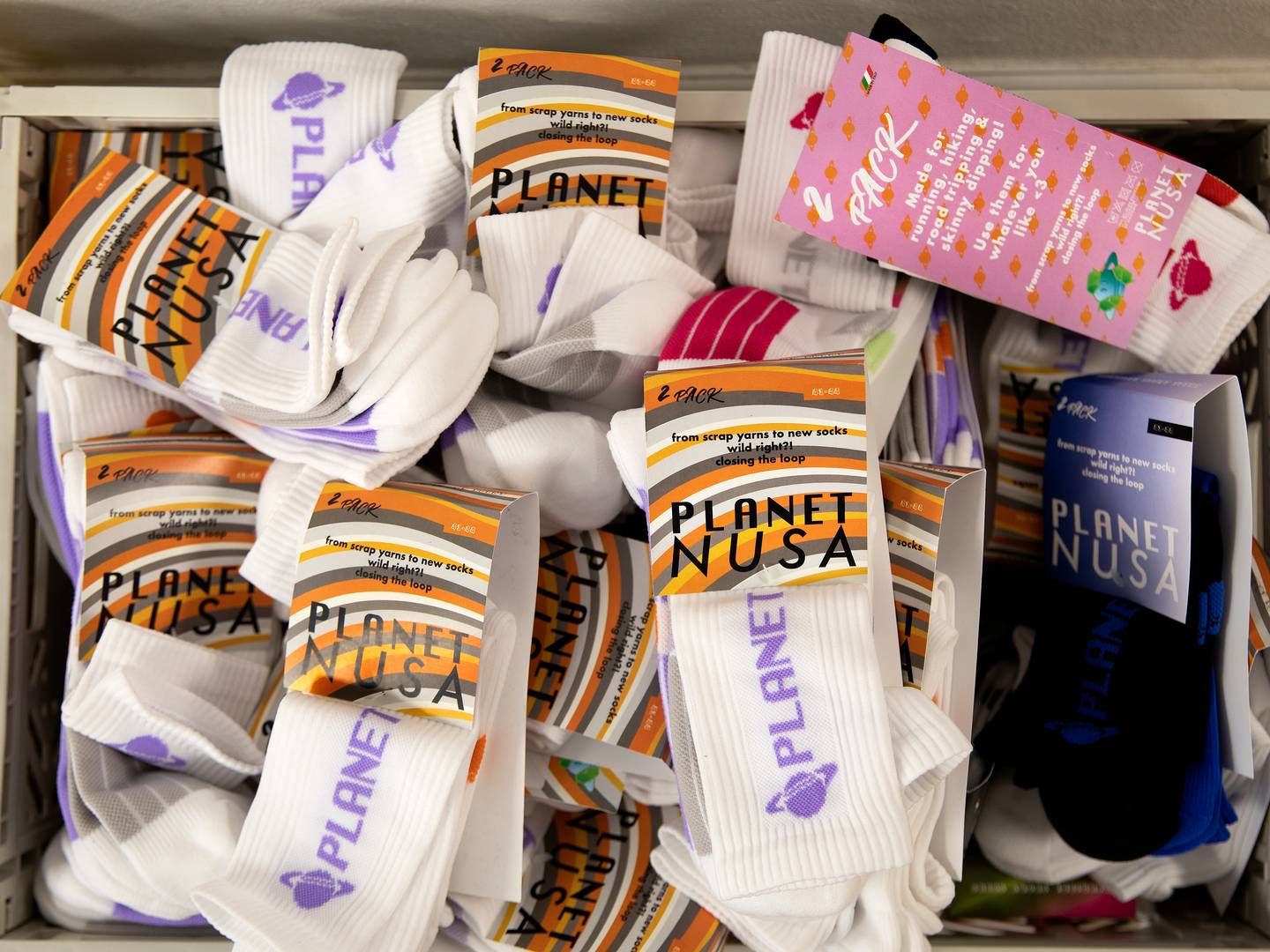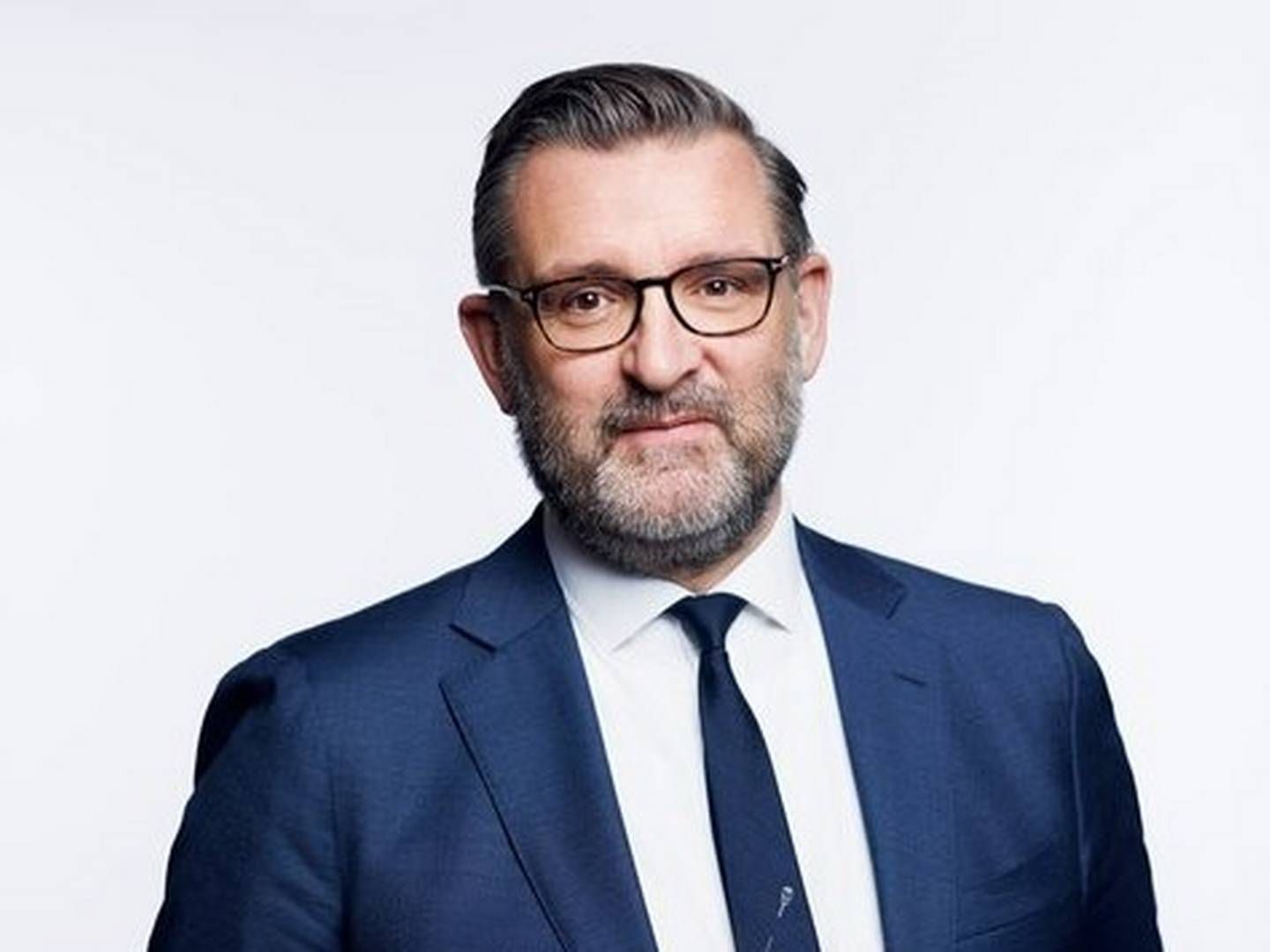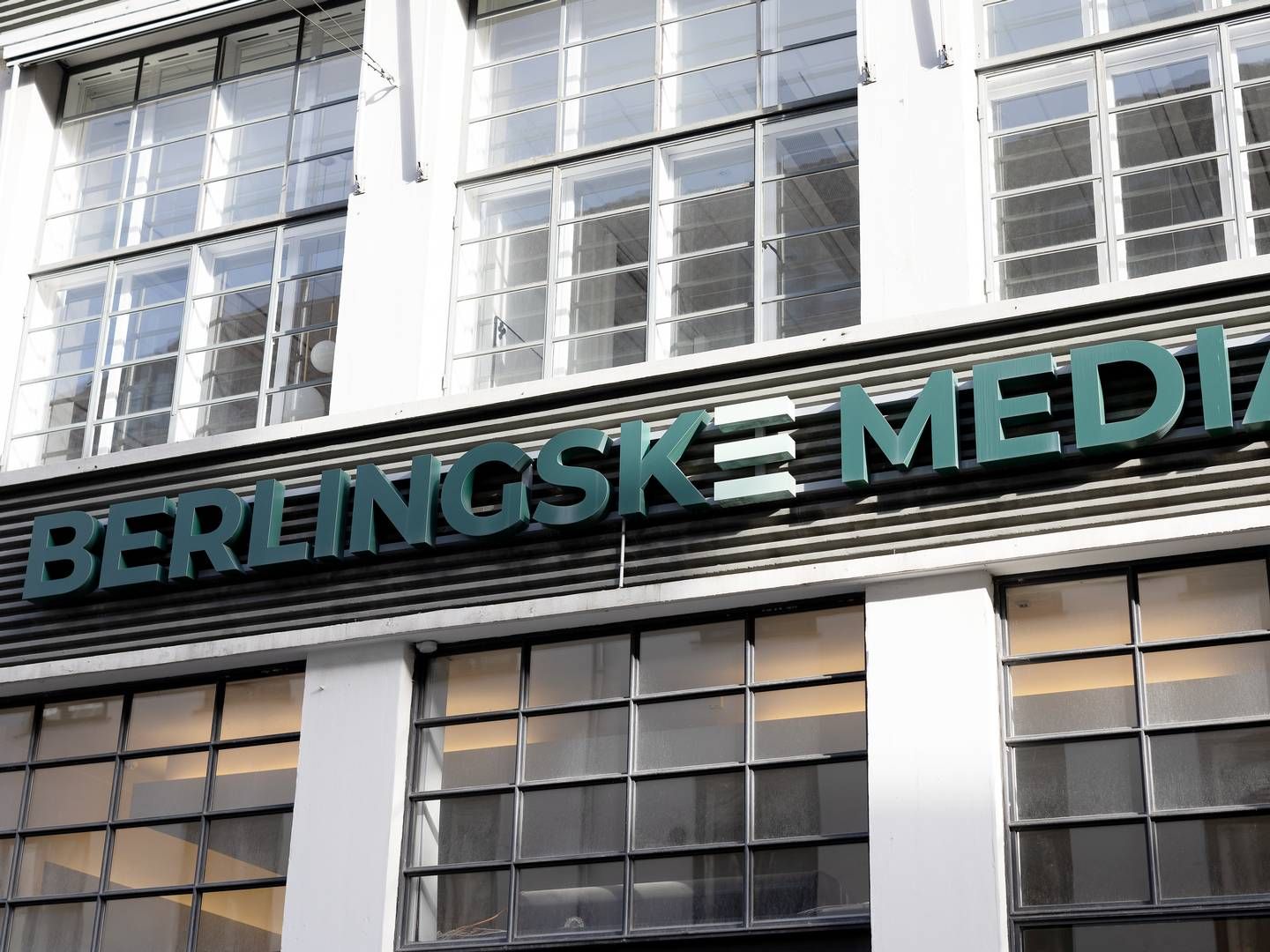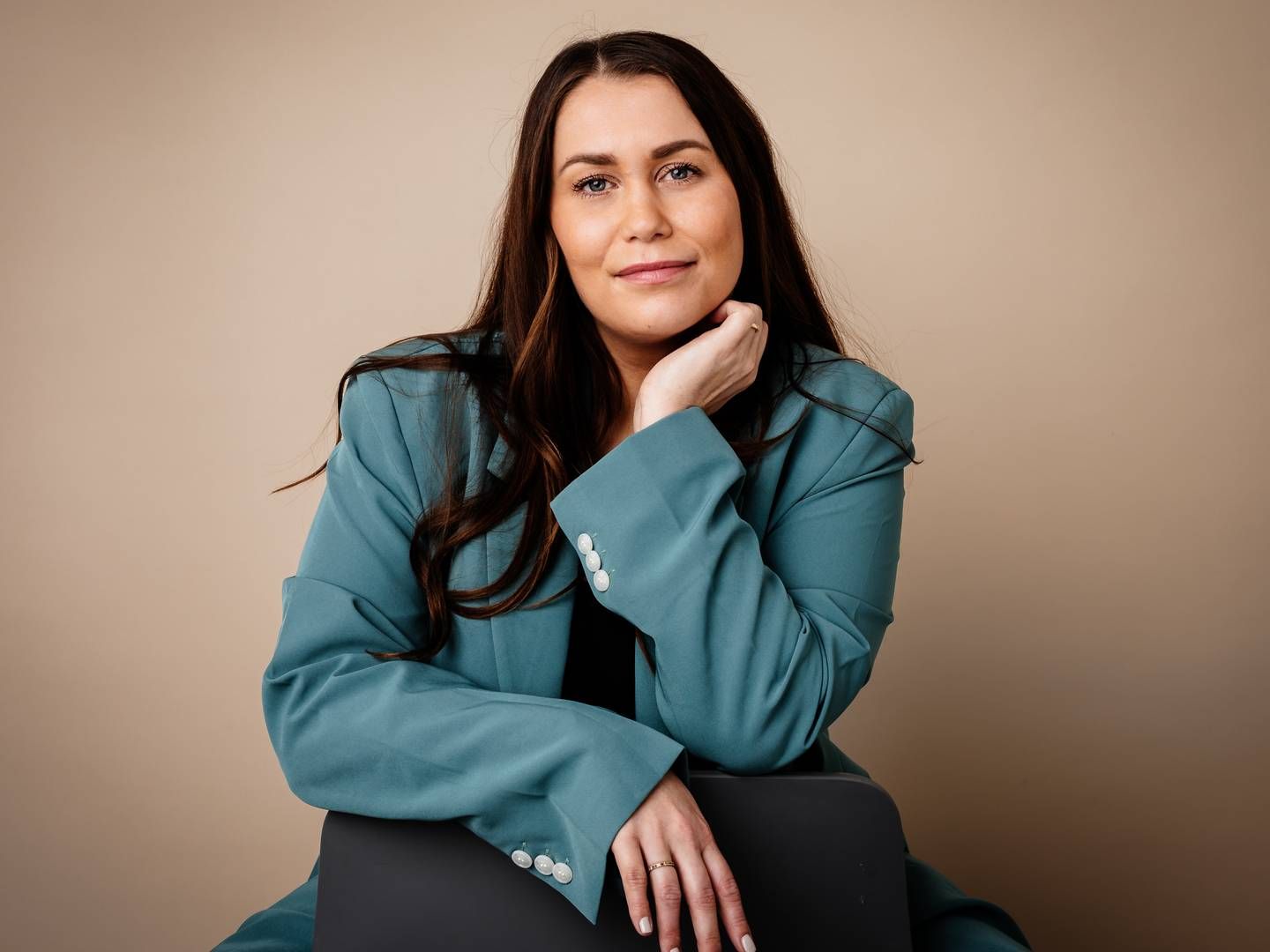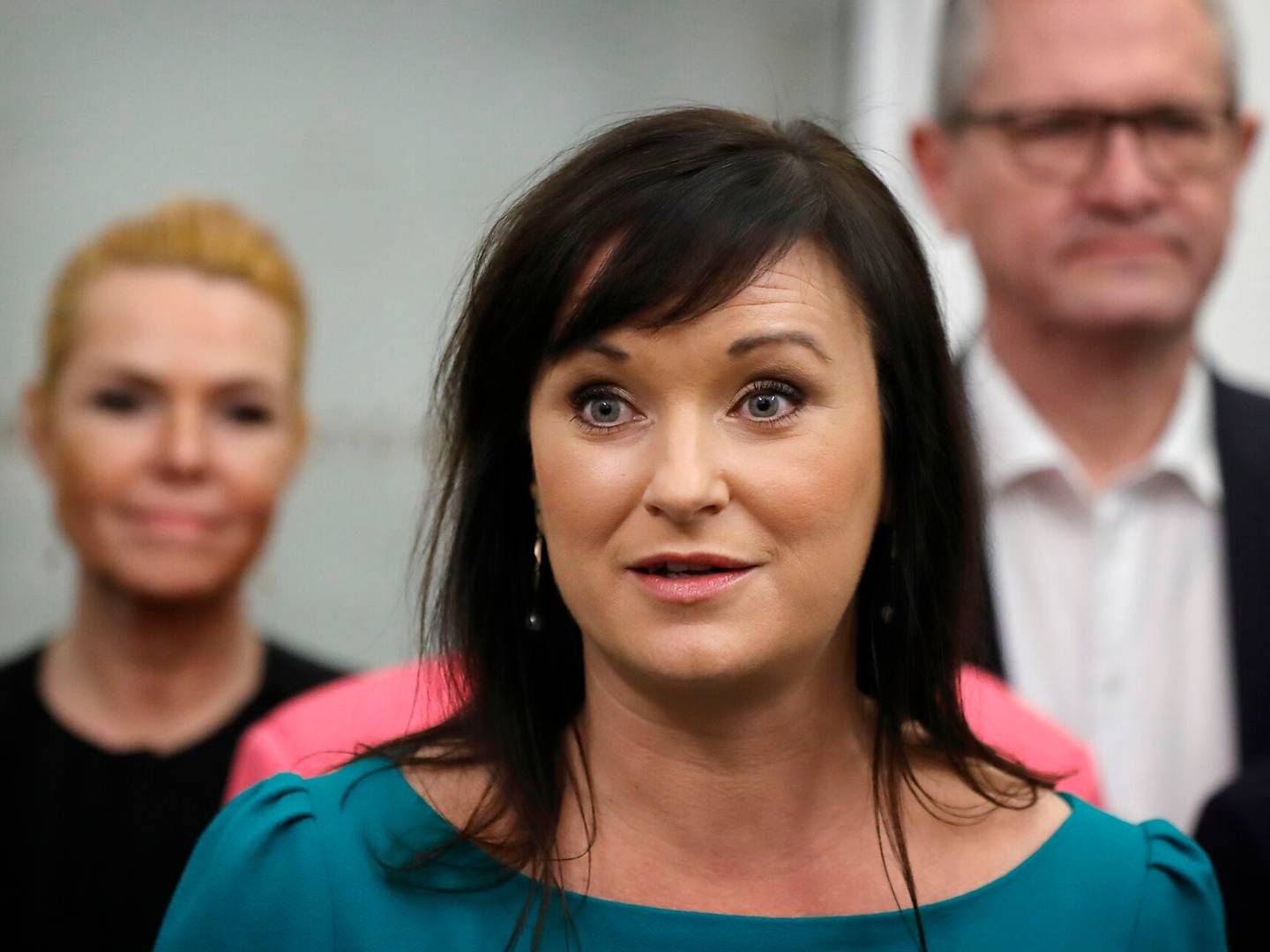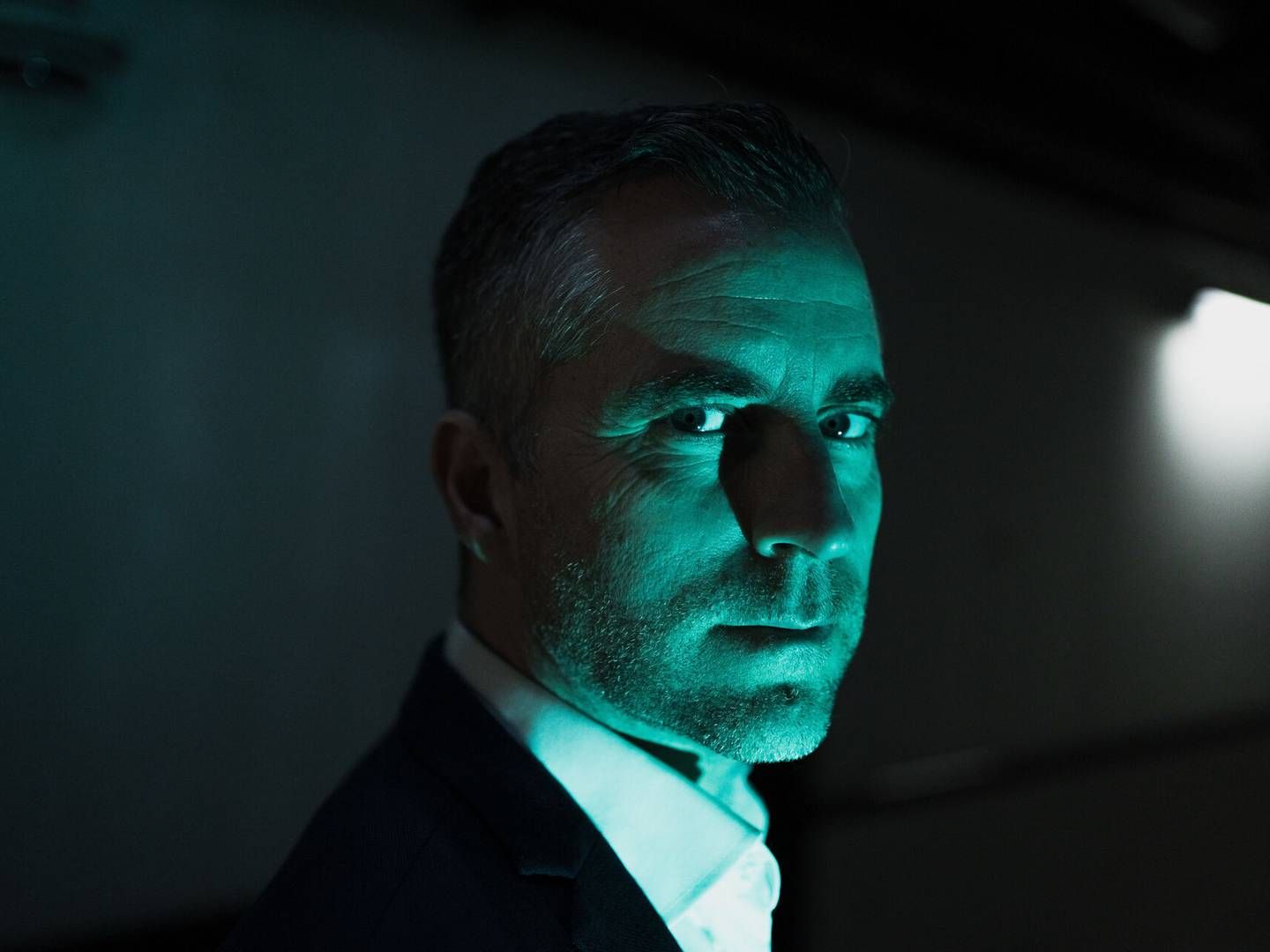Ebola kommunikation
I was deployed to Guinea at the end of April – early May 2014 to provide social mobilization support to the Ebola response. Social mobilization involves working with communities to gain their acceptance of the need for early identification of people with illness, early treatment and identification and follow up of all people who have been in contact with people confirmed to have Ebola virus disease. I travelled to Guéckédou - where the epidemic started - as a risk communications specialist from WHO’s European regional office, and as part of the global response.
What you need to start doing when you communicate in every emergency, is identifying the behavioural barriers to the outbreak control and understanding the cultural elements that influence them, as well as the public’s perception of the risk. Based on this you will develop your strategies to engage with the communities and gain their acceptance of guidance and public health advice. For that, you need to bring the level of their perception – that we call “outrage” – to the level of the actual hazard. Sometimes this means raising their perception at your level of concern to trigger protective action; sometimes it means lowering it, by appreciating their concerns and showing the facts.
In Guéckédou, we found that the big problems were resistance to cooperating with response teams, stigmatization, mistrust of treatment centres, mistrust of burials, hiding sick people, lack of information, vulnerability of women and dangerous rumours that were circulating. This posed a challenge as we needed to engage with multiple audiences and target strategies and messages to each of them. One of the most crucial things we did, was engagement of wise people to tackle resistance. The resistance of the population to the responding teams - that was really the challenge.
The wise people - those people who are part of the community and very much respected, very much trusted - could open the doors of the villages to the responding teams. We had a ‘wise woman’ - she was sixty, and every morning would get on a motor bike and would go to many villages that were resistant. She would talk to them in a language they would understand. I don’t mean only spoken language, but the language of tradition, of culture, of brotherhood. She would talk to them for many hours - this really made a lot of difference. Before she and the other wise people came, there was a lot of resistance because there were all these foreign teams coming in, and there was a lot of mistrust.
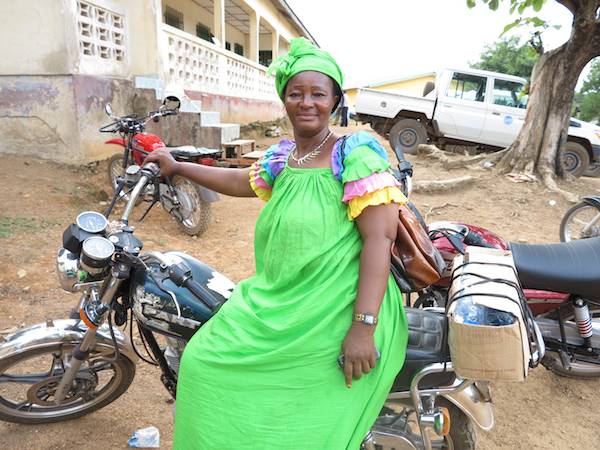
One of the main problems was that people were not showing up in the treatment centres. They were not saying they were sick because they believed they would be neglected, that they would not be fed, they would die, and when they died, their bodies would be deprived of their organs and their blood. So we needed to tell them this would not be the case. Therefore, we engaged the Ebola survivors – those who had been treated and recovered - to spread the word. We also advised that for each patient in the treatment centre, the family should be given one telephone and free taxi trips so to hear and see what was happening to their relative.
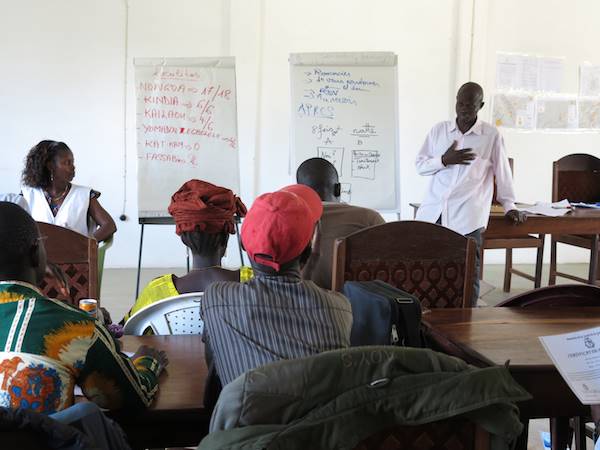
Yes. People’s behaviour during burials was highly concerning. According to the tradition, dead bodies need to be washed and people need to mourn on them to allow a peaceful journey of the deceased. Contact with fluids from dead bodies is actually the main source of infection and many have developed Ebola because of funerals. Telling people they could not bury their dead would not be accepted at all. In this case we engaged with the religious leaders so that they could ensure all the religious rituals were observed without touching the body. We knew their word would be trusted.
We realized in that area, (Guéckédou), 2 in 3 cases were women. So I organized a focus group to really understand what was behind it. For instance, even though we knew the women were taking care of the sick people, we didn’t know it was an obligation. Sometimes, they were not happy to do that, but they had to do it. This was their obligation, by custom, whether they wanted to or not. The men decided what actions to take but it was the women who had to care for the ill and to prepare the dead for burial.
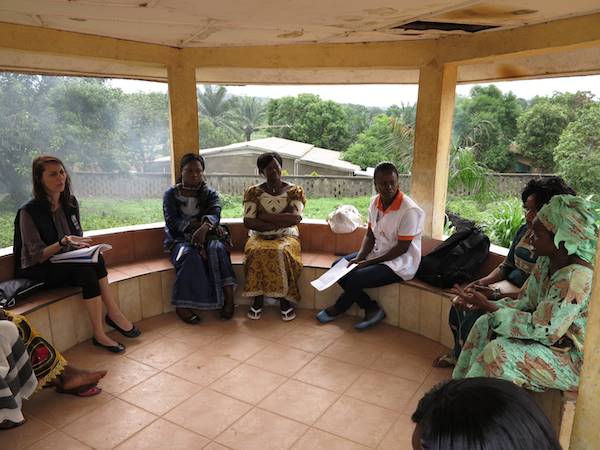
I was part of the social mobilization and communications team that was supporting the local health authority. It was a great team, and it had an effective way to work, very practical, very concrete, no one was imposing anything on others. Basically it was WHO, UNICEF, International Red Cross, Doctors Without Borders, as well as local non-governmental organizations all working together to support the government of Guinea. We met every morning, each one had clear idea of what to do, reporting back to each other and we were really working together in such an effective way. In a short time we achieved so much.
The main message that I would like to convey is that risk communications is a broad box that includes a number of strategies and you need to pick the one that is tailored to your specific situation and audience. This means for instance, that while many think that risk communications means media communications, in specific circumstances and environments you will need to use other means to get your message across. In Guéckédou we used the local radio to support our messages, but the only way we had to gain people’s trust was through engaging with the people they trusted. I would say that the entire strategy was based on channels other than media.
What has been the biggest success of your work in Guéckédou?
I think that the work we did was much focused and effective and this might be the reason why Guéckédou was among the first areas to become free of Ebola in Guinea. I went back to Guinea later in the outbreak, this time to the capital Conakry to use her field experience there. A broader version of the wise-people was established in Baisse Guinea where the outbreak had moved: these were the “Watch Committees” a group of people coming from the community and working for the community. The concept was the same: winning resistance through the people that people trust.


